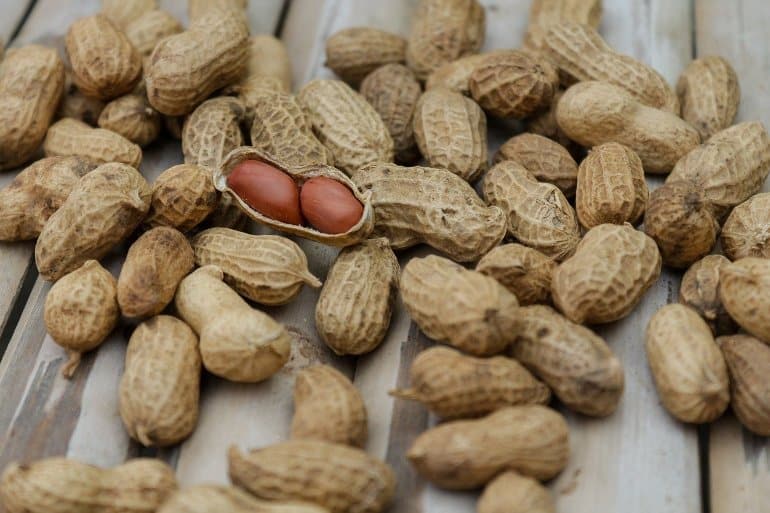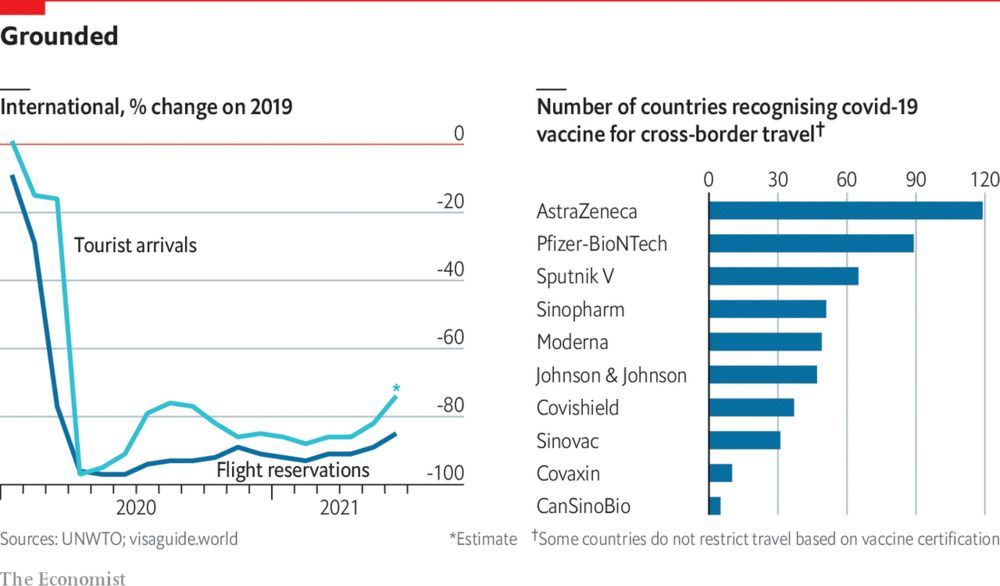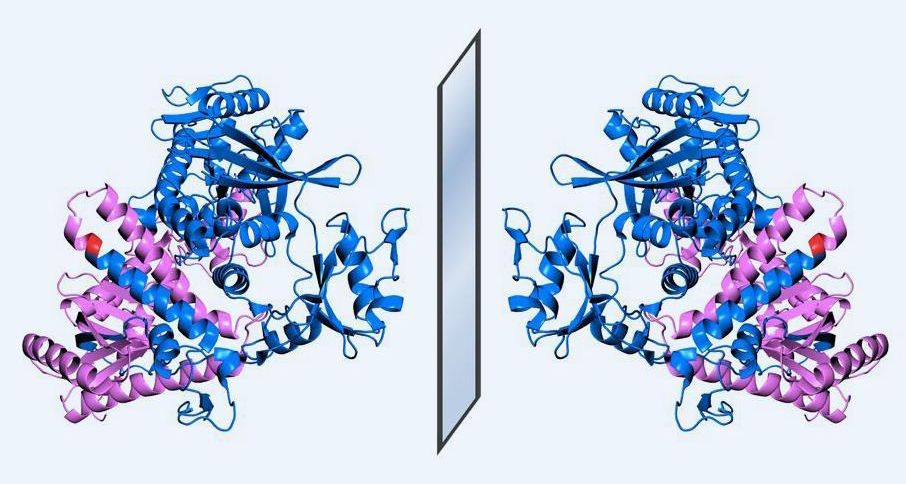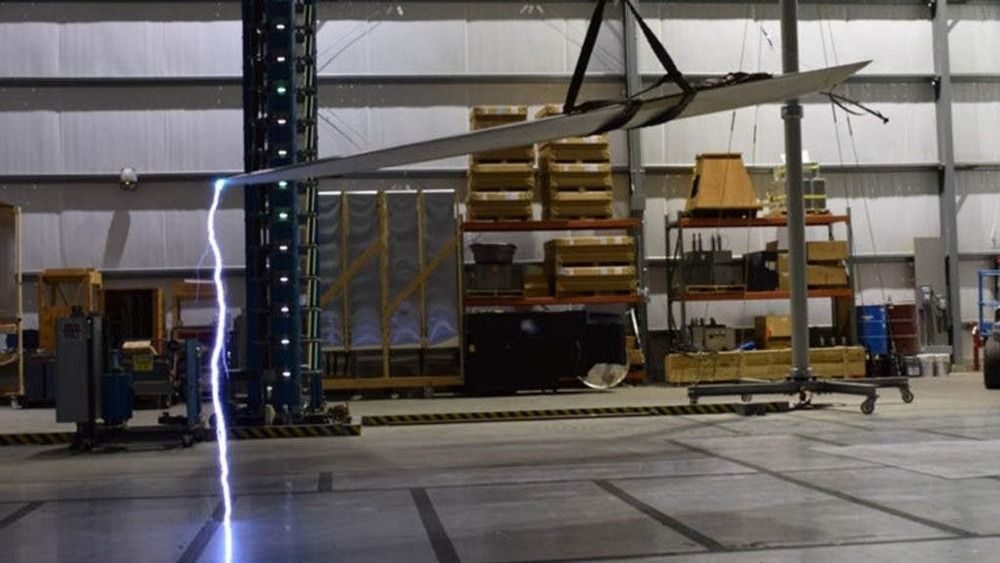For several years, Lu’s lab has been working on ways to use DNA to store information such as memory of cellular events. In 2,014 he and Farzadfard developed a way to employ bacteria as a “genomic tape recorder,” engineering E. coli to store long-term memories of events such as a chemical exposure.
Technique for editing bacterial genomes can record interactions between cells, may offer a way to edit genes in the human microbiome.
Biological engineers at MIT
MIT is an acronym for the Massachusetts Institute of Technology. It is a prestigious private research university in Cambridge, Massachusetts that was founded in 1861. It is organized into five Schools: architecture and planning; engineering; humanities, arts, and social sciences; management; and science. MIT’s impact includes many scientific breakthroughs and technological advances.







